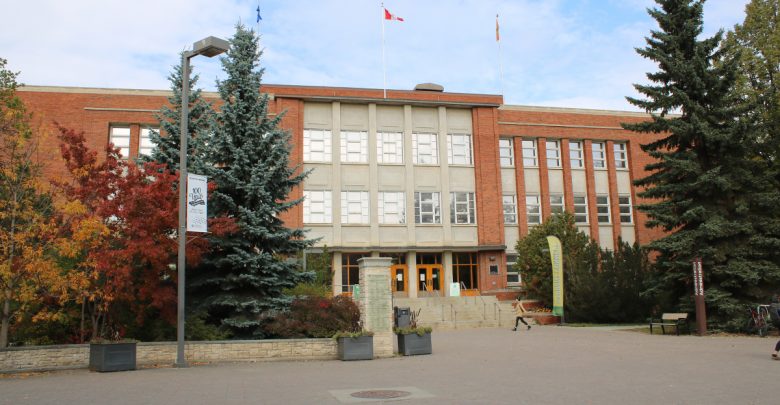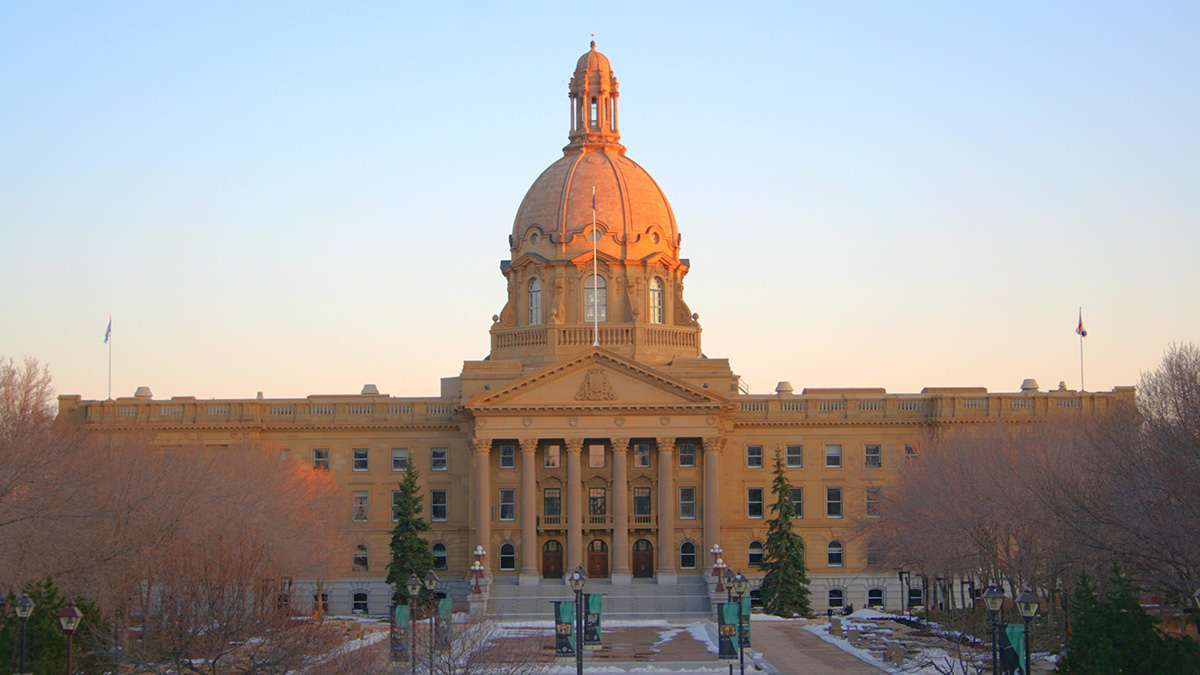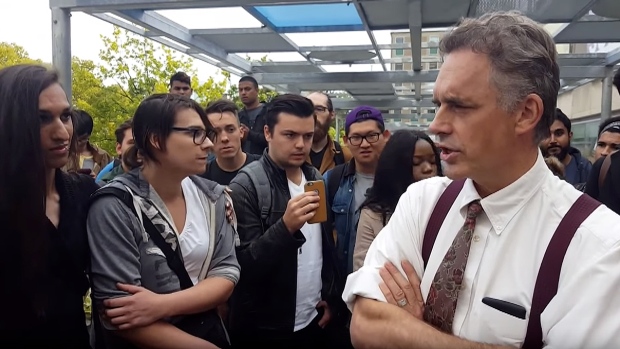 Vivian Lam
Vivian LamIt’s not news to students that the cost of their education just keeps going up. However, it might be news to students that the money being put towards financial supports is falling behind. That includes both student aid funded by the Government of Alberta and aid from the University of Alberta itself. As students continue to face rising tuition and the cost-of-living, they need robust financial support available to them. The weakening of financial aid is a serious problem with more than just one government or organization to blame.
As part of Budget 2025, the Government of Alberta is putting $990 million towards student loans. That’s significantly less than last year’s $1.2 billion. That drop in funding is a huge concern. Supposedly, according to what Abdul Abbasi said at Students’ Council on March 18, the U of A Students’ Union’s (UASU) vice-president (external)(VPX), the dollar amount each student receives is not changing. But if the dollar amount doesn’t change, does the amount of students who receive student loans in the first place change? That’s unclear.
Abbasi also pointed out that funding for the Alberta Student Grant (ASG) has increased by only $5 million. Any increase is great to see, but when taken in the context of a $210 million cut to student loans, it starts to look less great.
This comes after Alberta Student Aid (ASA) saw record demand for student financial aid just this fall. And it struggled to keep up. Students faced delays and uncertainty for weeks, even months. How exactly giving less funding to student loans makes sense is beyond me. You’d think with more demand, there’d be more funding. Keeping in mind, loans are something students pay back to the government. With interest.
While Budget 2025’s theme was “meeting the challenge,” it clearly failed to meet the challenge for financial aid. But the provincial government isn’t the only one slacking off.
The U of A Board of Governors (BoG) passed a two per cent tuition increase for domestic students on March 28. This is the sixth consecutive year of tuition increases. But this year there was no increase to the amount the university will put towards tuition offset.
In previous years, the university has increased tuition, but it’s set aside more money for tuition offset. The tuition offset goes towards the student financial aid that the university provides. For domestic students, tuition offset will stay at about $8.5 million. For international students, it will stay at 8.55 per cent of international tuition revenue.
Neither is great. Especially considering that, with a few exceptions, the tuition for international students starting in fall 2026 has increased by 10 per cent. But for domestic students, maintaining their tuition offset at a dollar amount rather than a percentage is baffling.
The university is making a push to increase enrolment by 16,000 students over 10 years, with the majority of those additional students being domestic students. And enrolment has been rising. But the amount of tuition offset stays the same. That means the $8.55 million of tuition offset is supposed to somehow support more students. That doesn’t add up.
Melissa Padfield, deputy provost (students and enrolment), said last year that it was “critical” to have tuition offset for both domestic and international students. So where is the tuition offset for domestic students this year?
Tuition offset by no means erases the impacts of tuition increases. While not every student will receive financial aid from the university, every student will be paying more for their education. But tuition offset helps, at least a little bit. And it’s been offered as a consolation prize for students facing these increases. The general sentiment has been “yes, we are increasing tuition, but we are also increasing support.” That’s seemingly no longer true.
It’s pretty clear that I’m disappointed and frustrated with both the U of A and provincial government. But there’s another piece of this puzzle: the UASU. Its job is to advocate for students’ biggest issues. The VPX specifically is responsible for advocating to different levels of government. So where is the UASU on this? Who knows.
At the March 18 Students’ Council meeting, I asked Abbasi and UASU President Lisa Glock what the UASU is doing in light of the provincial budget and no additional tuition offset. Abbasi simply acknowledged that it is a concern and said that the dollar amount students receive isn’t decreasing. Glock did not give any answer.
When asked a separate question by one of the councillors, Glock said the tuition increases are a result of the provincial operating grants not providing adequate funding for the U of A. Because of that, she said provincial advocacy has been a priority of the UASU.
But it’s clear that advocacy has not worked. Operating grants did not increase in Budget 2025. Student grants only increased by $5 million while student loans were given $210 million less. Saying provincial advocacy is a priority is meaningless when the UASU has obviously failed at it.
And when asked about student aid funding, Abbasi’s answer was disappointing at best. Glock simply did not answer the question. It shouldn’t be difficult to tell students what the UASU is doing to address their issues. Yet, somehow both Abbasi and Glock struggled or didn’t even try to do so.
I understand that the UASU cannot move mountains. It’s hard to sway the province or university on these things. But it’s completely unclear to me what they have done to even try to sway either, beyond simply talking. It’s clear that closed door meetings aren’t enough. There needs to be more robust advocacy, but the UASU is failing at that.
Without adequate financial supports for students, post-secondary education becomes that much more inaccessible. Students deserve a government and university that supports them. Moreover, the UASU should be doing everything to fight for students. Right now it feels like students are on their own.




